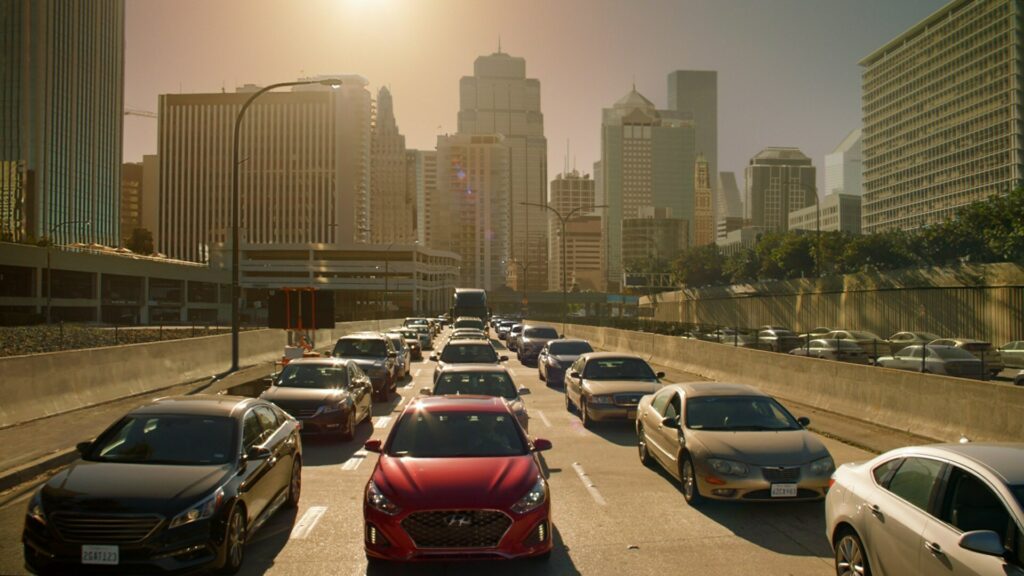The Green Light project from Google is already active in 12 cities across the USA, Europe, and Asia, with more to be added next year
2 hours ago
–>
Traffic lights are not only causing frustration to drivers, but they also increase pollution. Utilizing the enormous amount of traffic-related data gathered by Google Maps and the power of AI algorithms, the tech giant is hoping to cure both of those problems by efficiently regulating the existing infrastructure.
The AI-based model takes into consideration the structure, trafficgreen patterns, and light scheduling of each intersection, using data from Google Maps. Then, it makes recommendations for the optimization of traffic lights which can be applied by local traffic engineers tweaking the duration of the red light according to the flow of cars. Of course, those tweaks are not limited to a single traffic light but can coordinate several adjacent intersections, creating “waves of green lights” that can ease traffic congestion.
While a live monitoring system sounds more efficient, Google‘s take doesn’t require any updates on the existing infrastructure making it easier to implement without extra costs. The company suggests that before the Google Green Light, traffic lights were optimized “using expensive sensors or time-consuming manual vehicle counts”, so their solution is definitely an improvement. The effects will be even more evident in places where traffic lights are neglected, using outdated settings without any supervision.
advertisement scroll to continue
More: Google To Help Athens Solve Traffic Congestion By Controlling Its Smart Lights
[embedded content]
According to studies, pollution in city intersections can be 29 times higher compared to open roads, and half of it comes from traffic stopping and starting. Early numbers from Google’s trials suggest there is a potential to reduce stops by 30%, cutting emissions in intersections by up to 10%.
The Google Green Light project is already active in 12 cities including Seattle (USA), Rio de Janeiro (Brazil), Manchester (UK), Hamburg (Germany), Budapest (Hungary), Haifa (Israel), Abu Dhabi (UAE), Bangalore, Hyderabad, Kolkata (India), Bali and Jakarta (Indonesia), affecting 30 million car journeys per month. Google hopes to expand the project throughout 2024, asking city traffic engineers from all over the world to fill in a form and enter the waiting list.
As reported by Wired, the idea is credited to the wife of a company researcher who proposed it two years ago during a dinner. However, the Google Green Light is not the only system that is trying to fight traffic congestion in urban areas. Analytics provider Inrix monitors data from over 250,000 out of the 300,000 traffic lights in the US, assisting local government agencies in making calculations for their settings.
Besides the Green Light project, Google announced a few more transportation-related initiatives for a more sustainable future. The fuel-efficient routing in Google Maps will be expanded to India and Indonesia this year (it is already available in the US, Canada, Europe, and Egypt) while adding support for two-wheelers. Additionally, new train route suggestions will appear in Google Search when users look for flights. Finally, the search engine will soon offer more insights on EVs helping prospective buyers better understand their cost and compare specifications of rival products.


